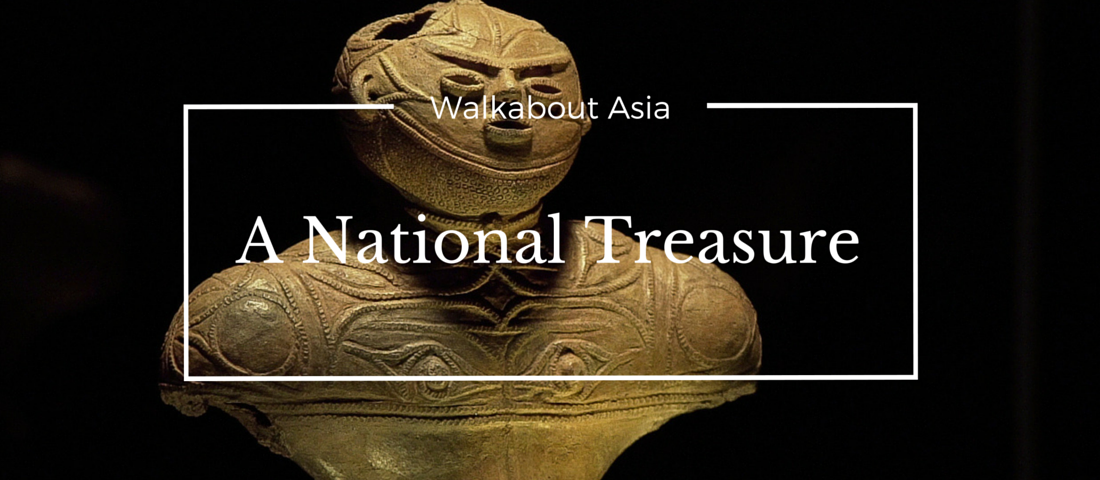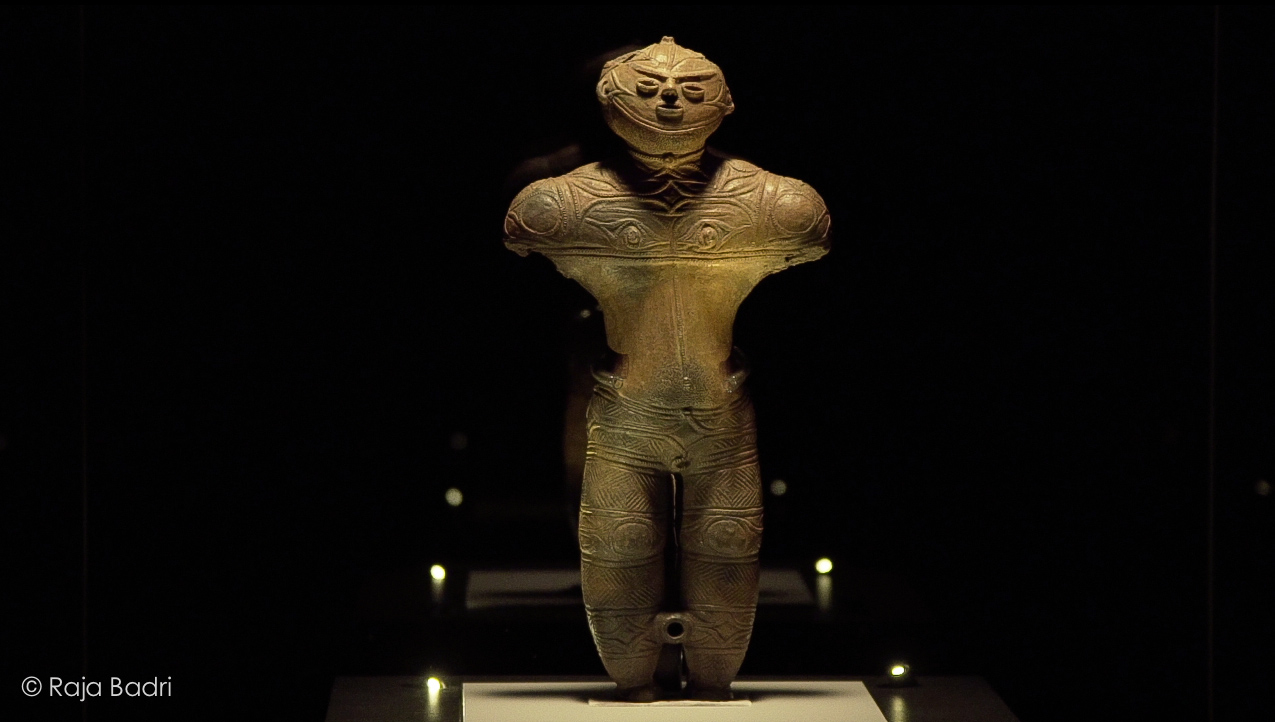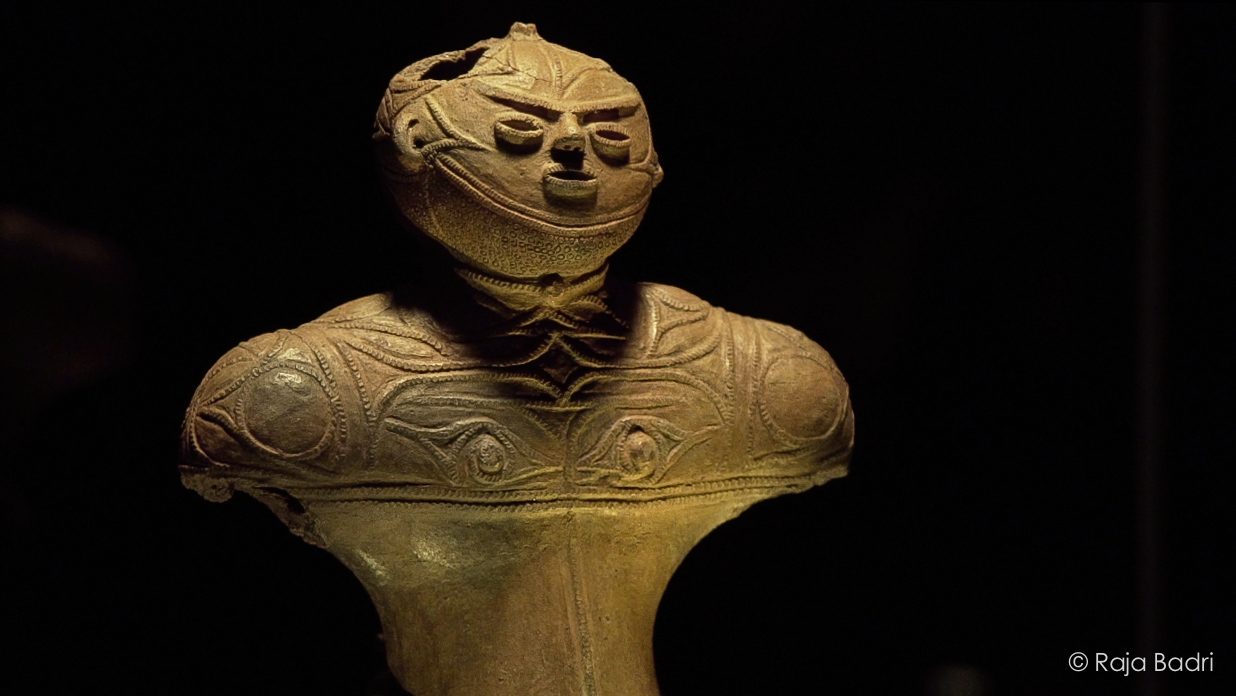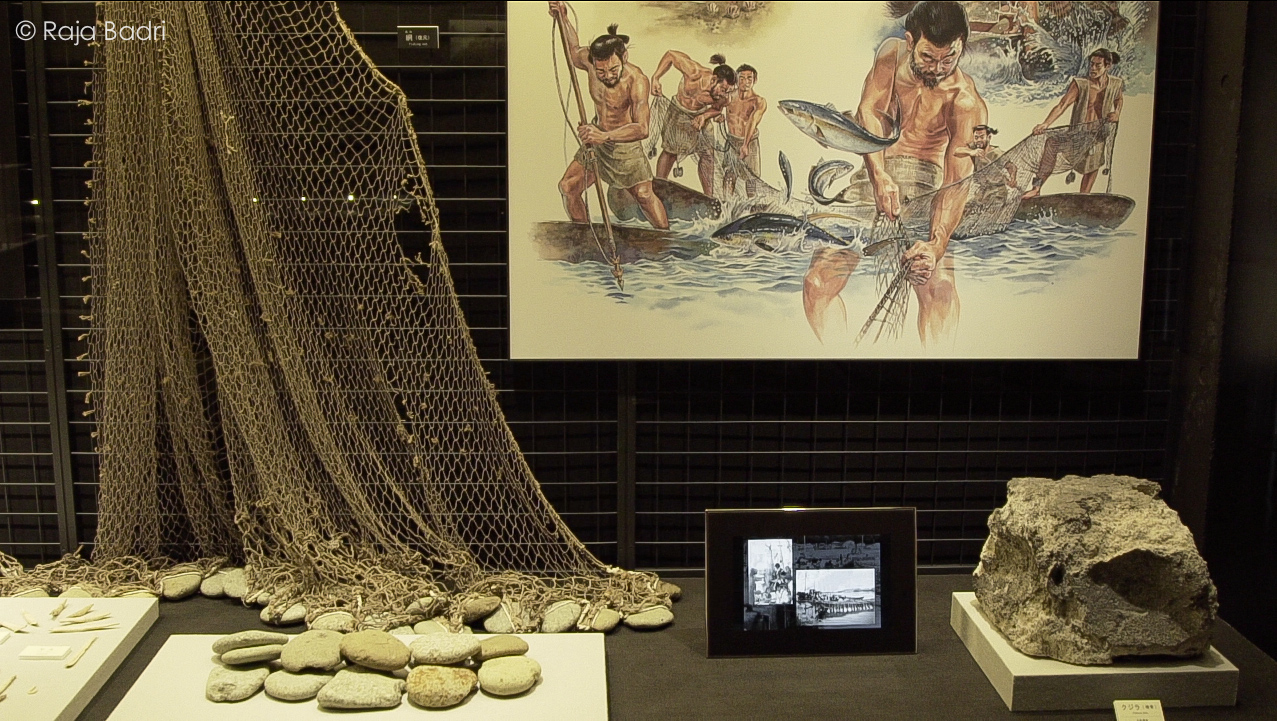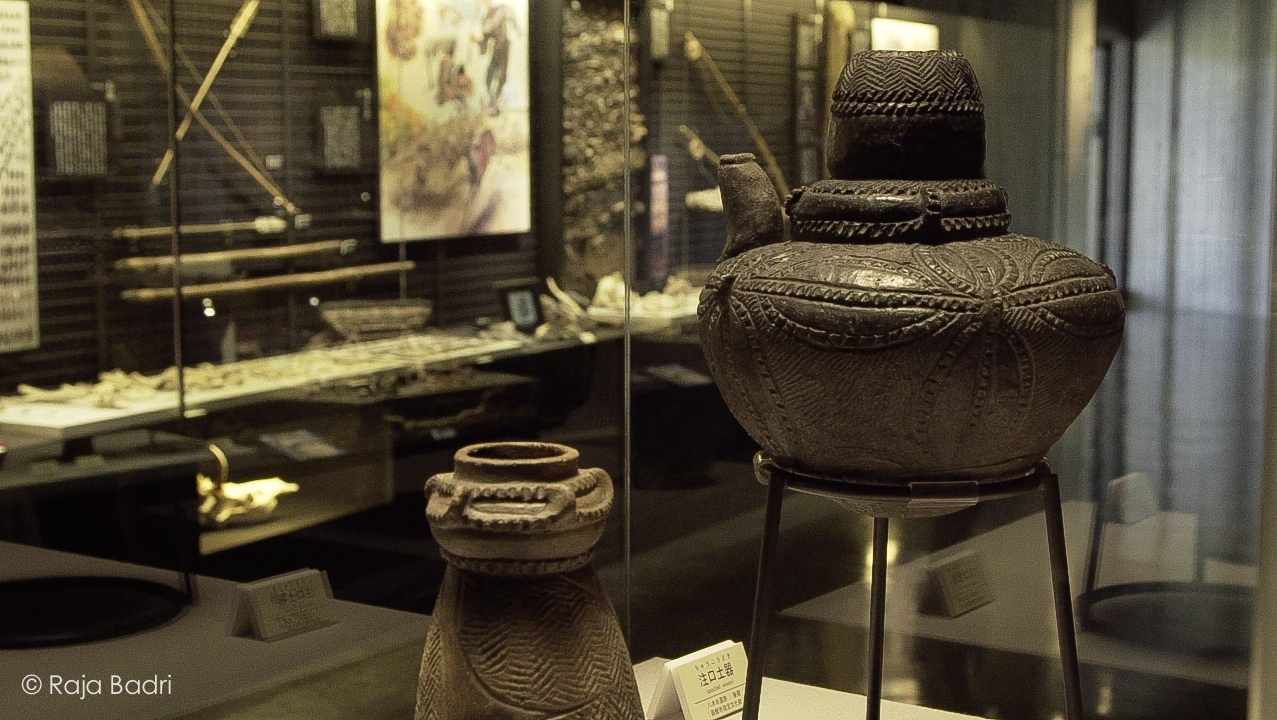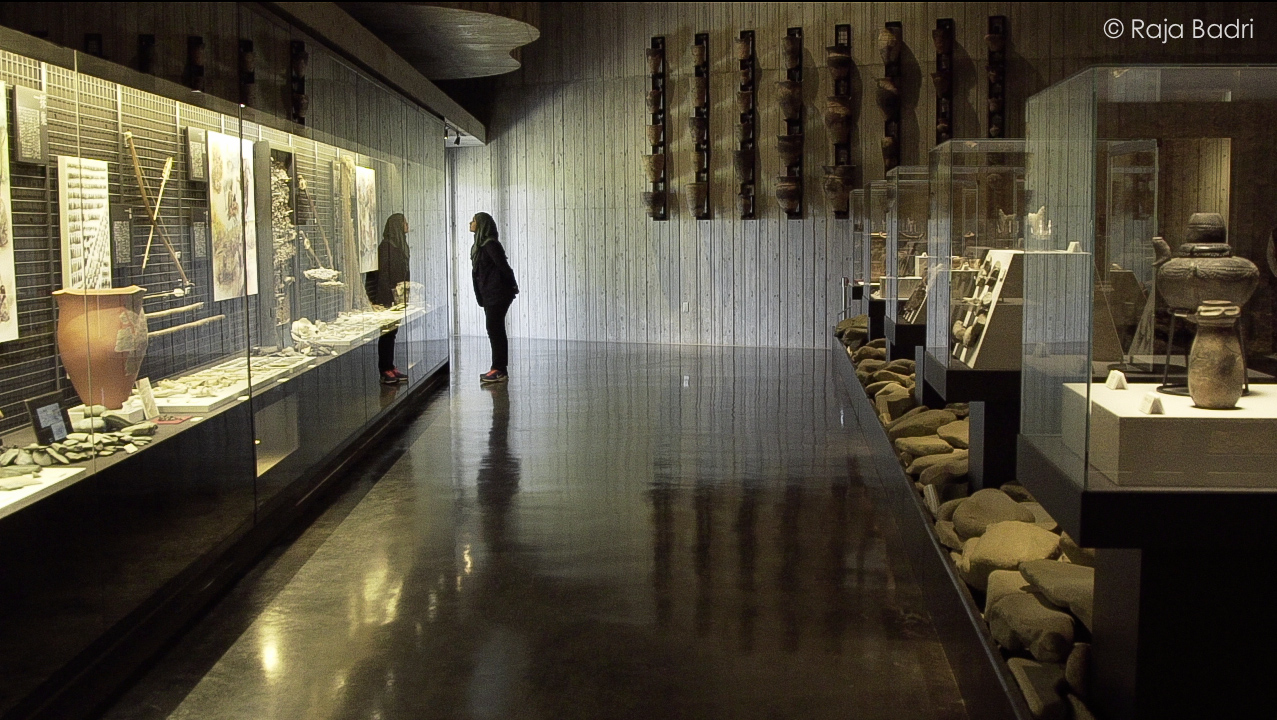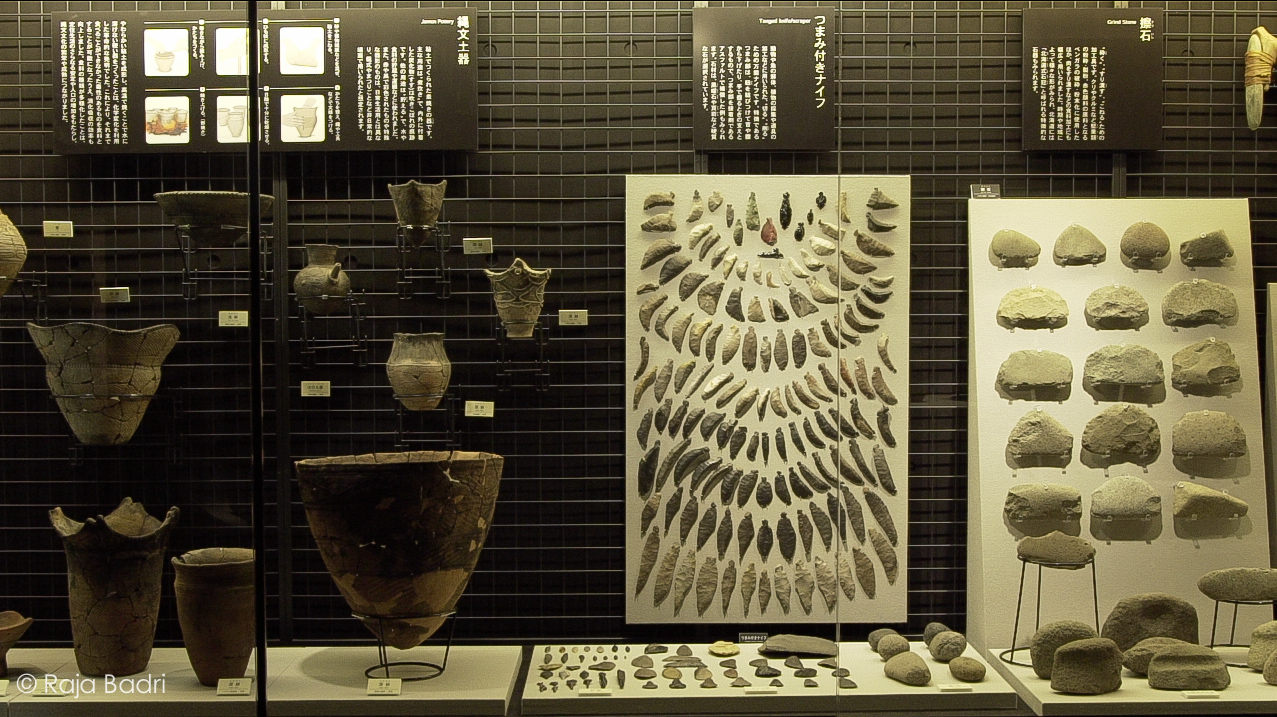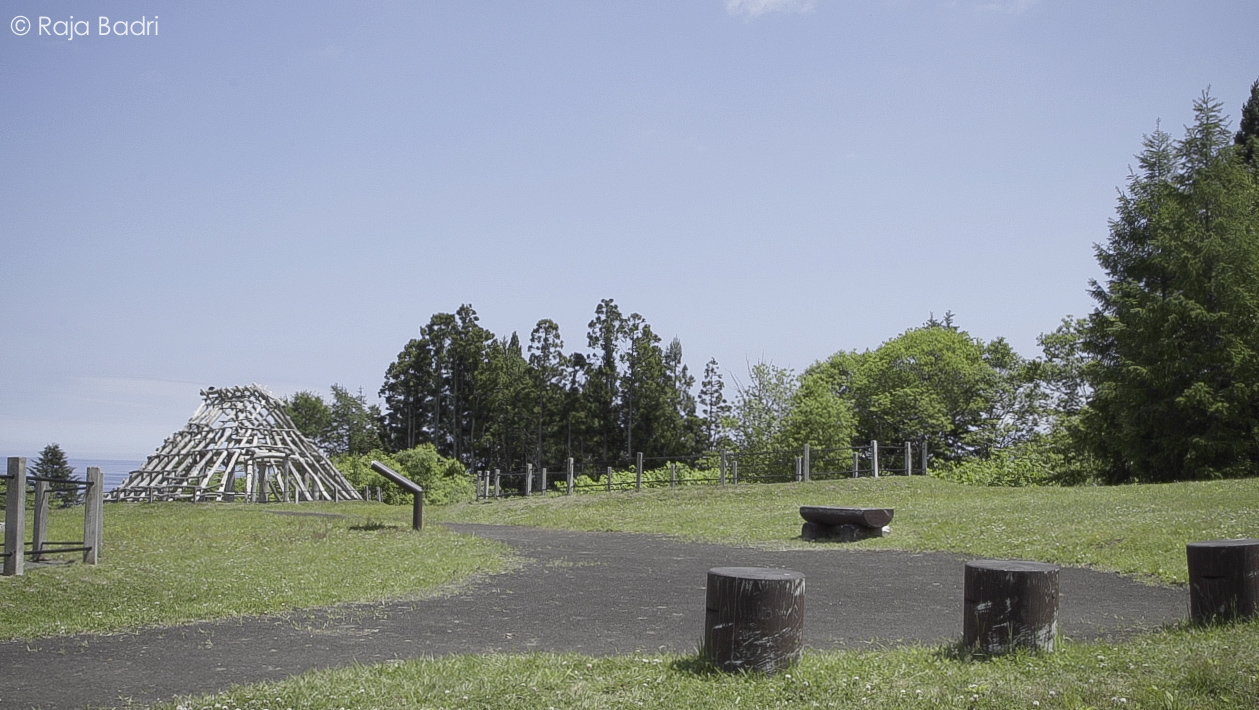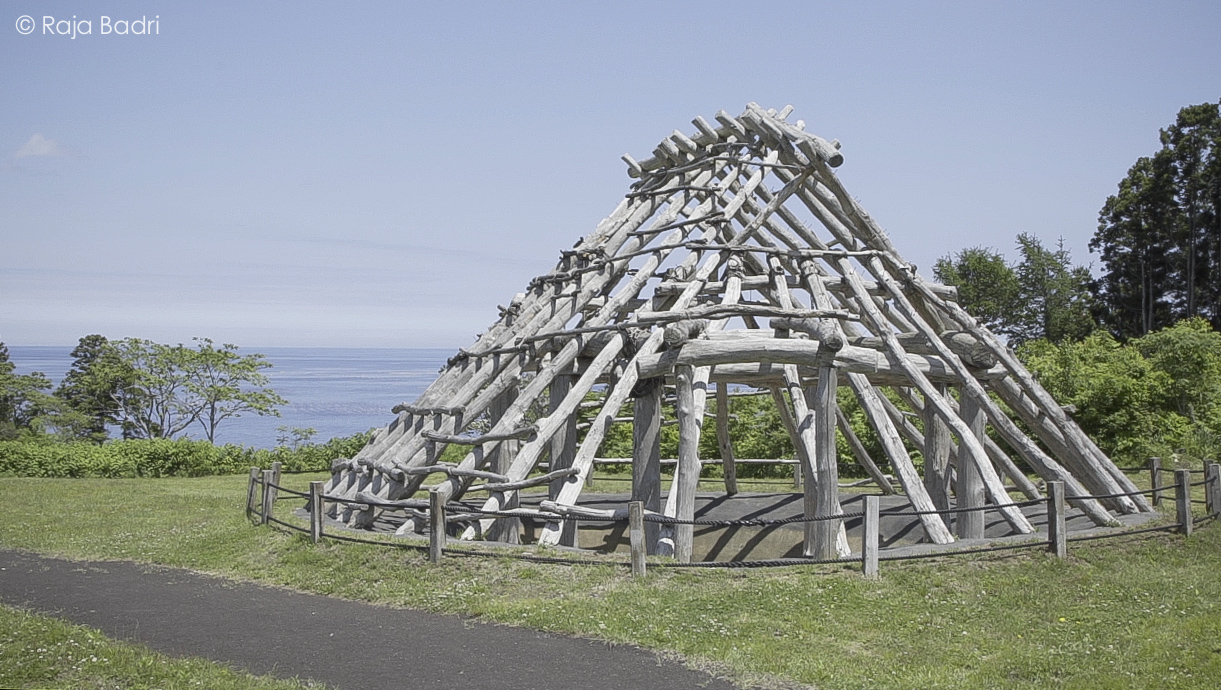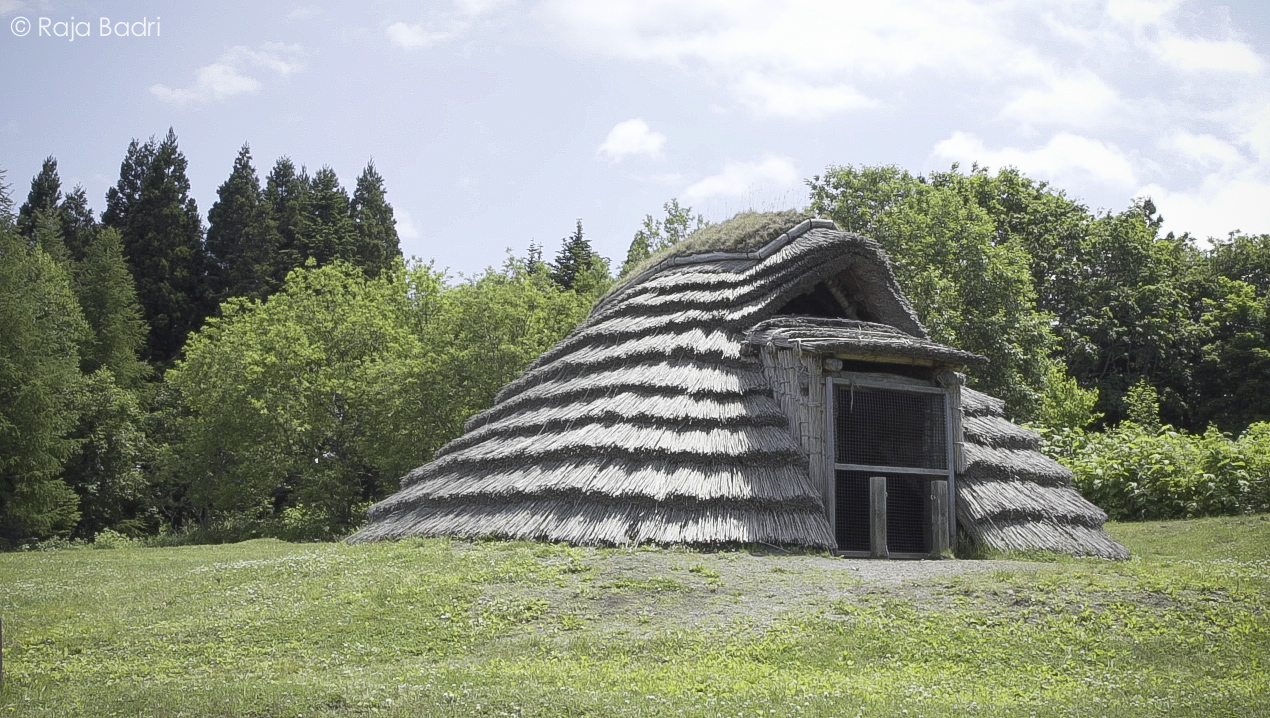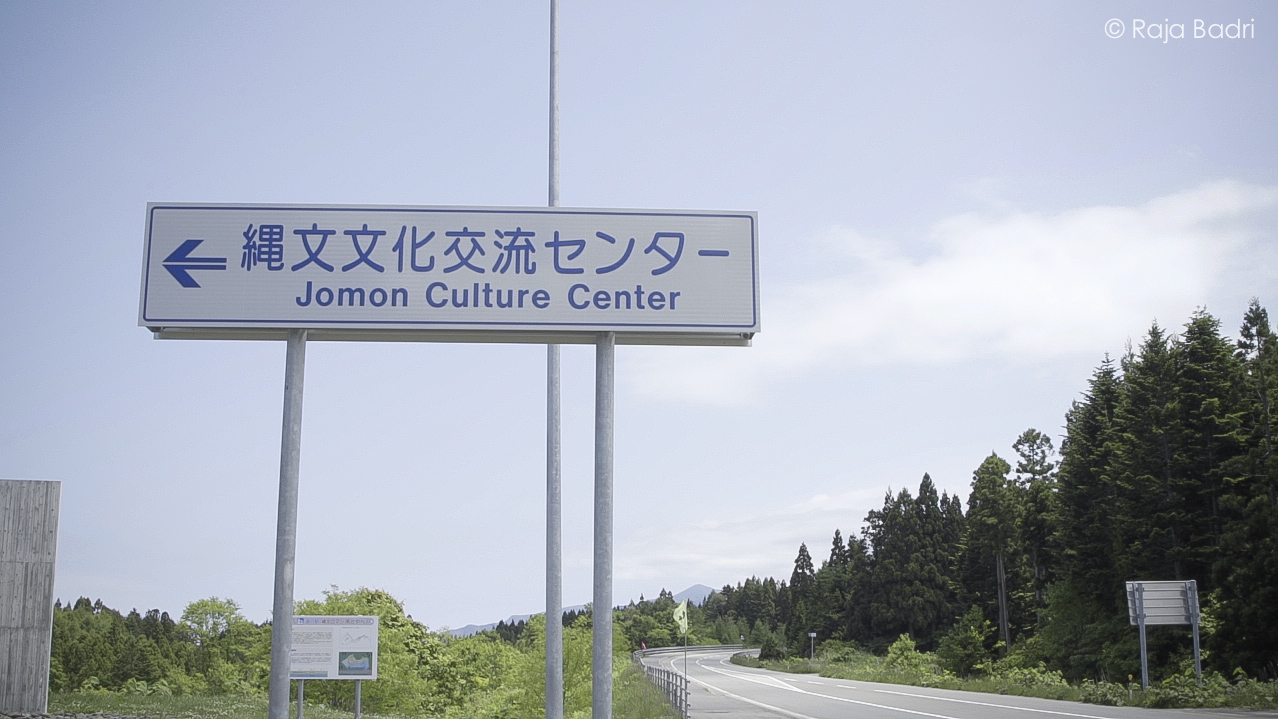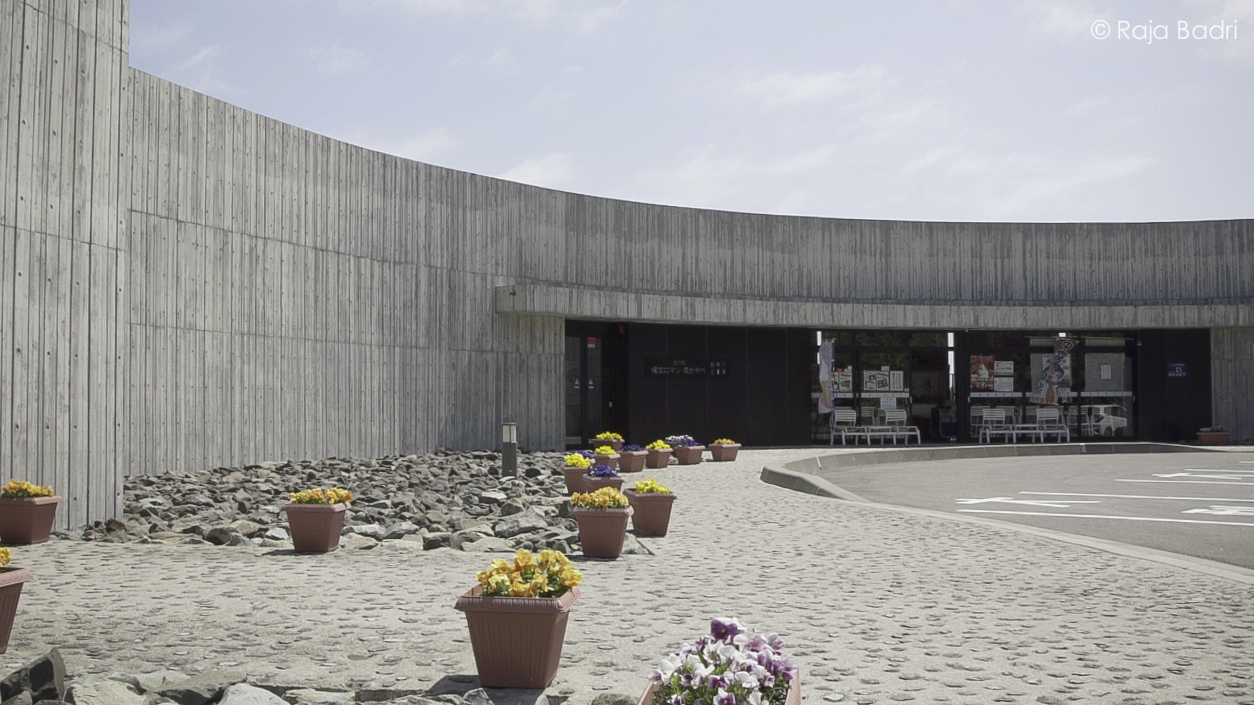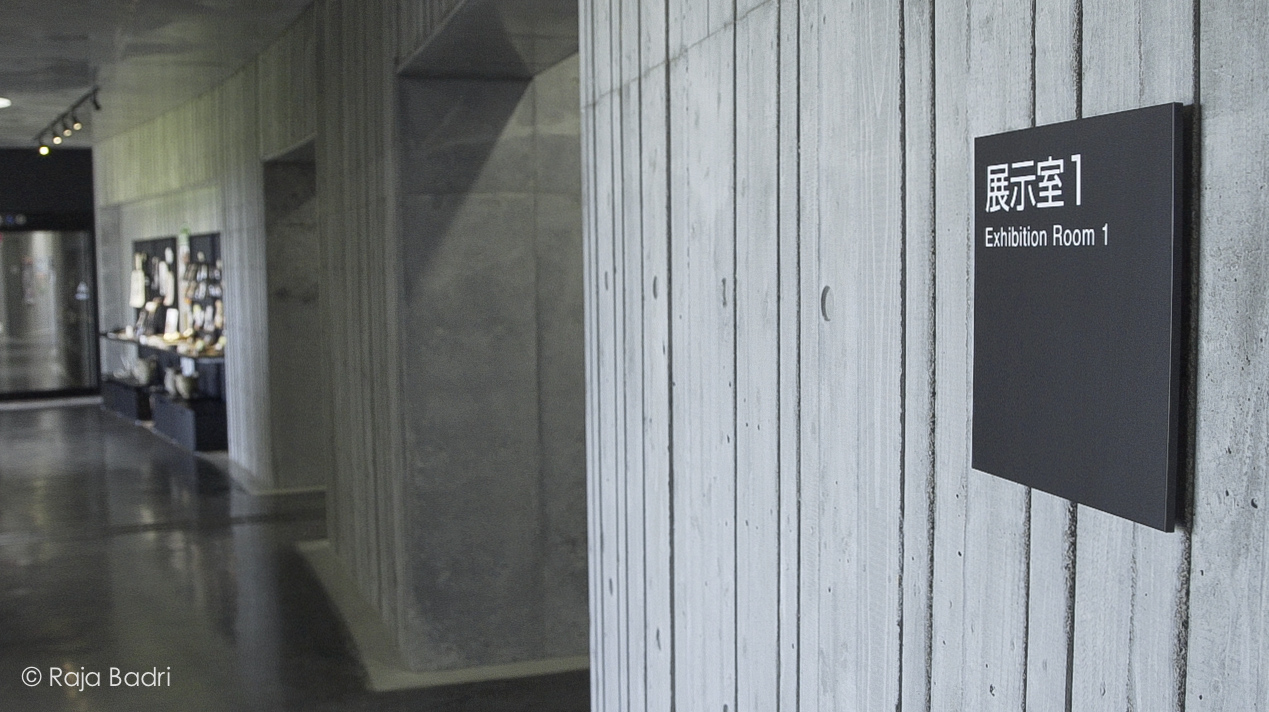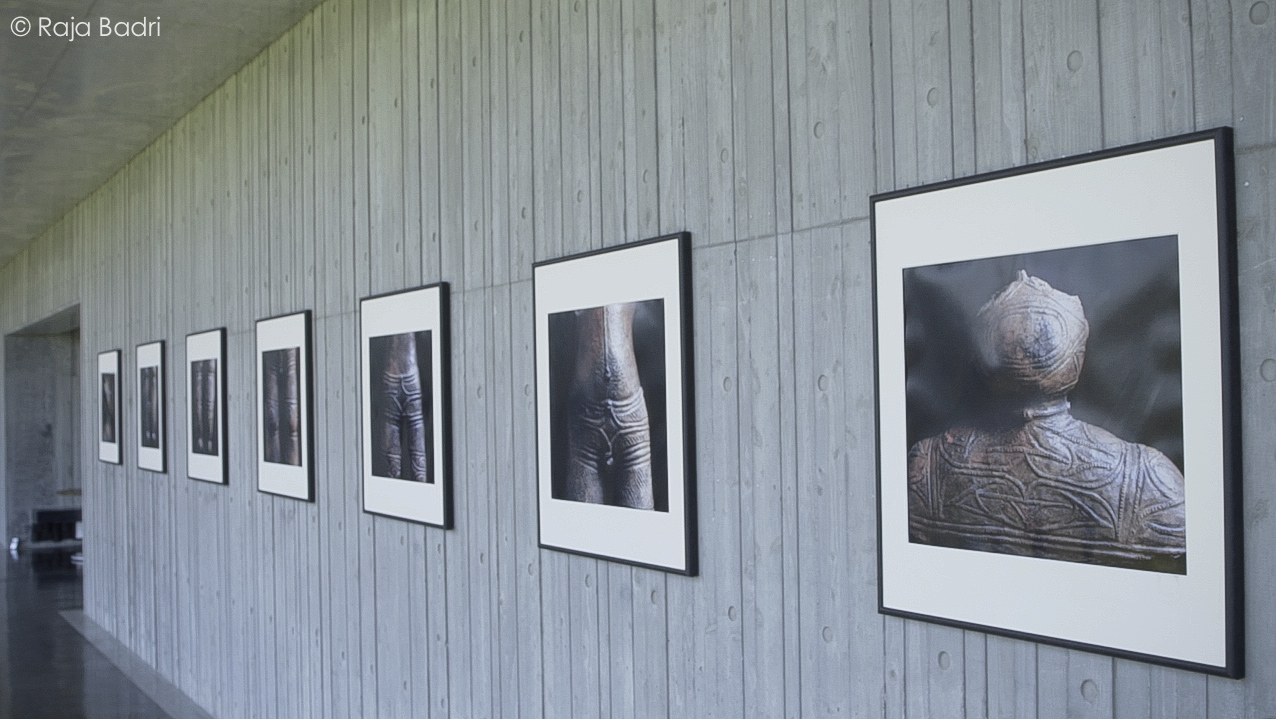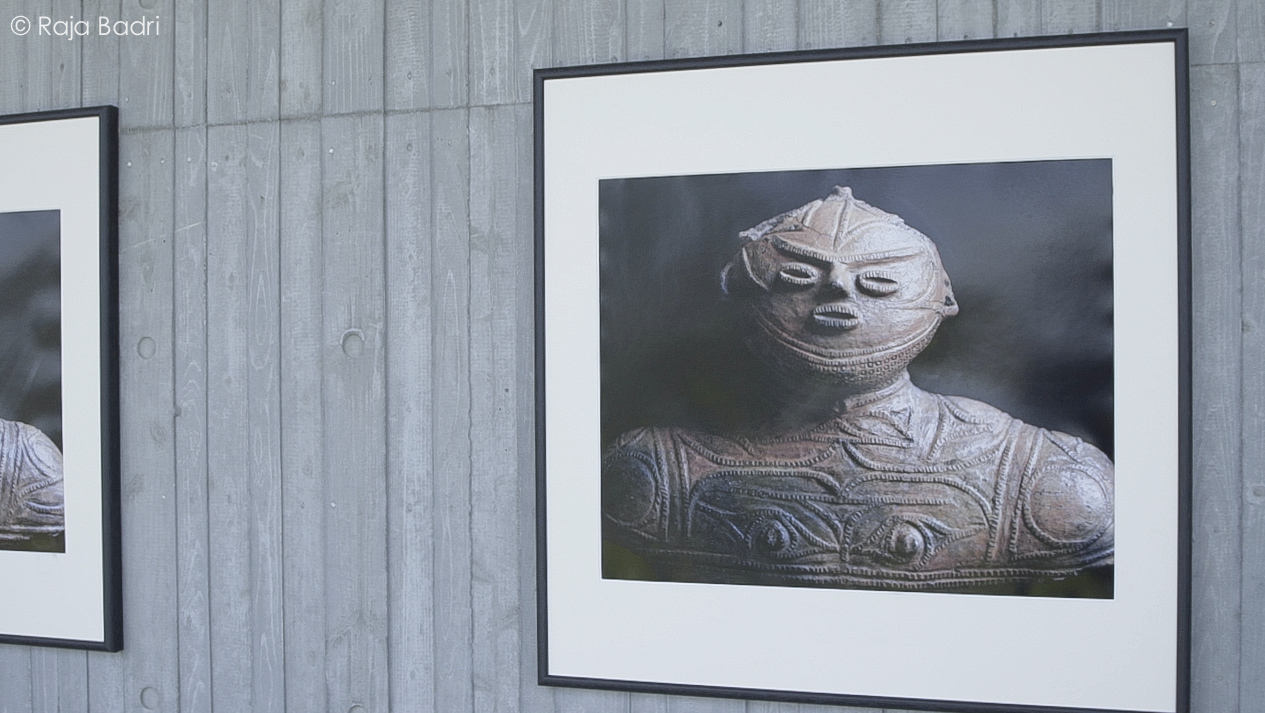
Happy Campers Picture of The Week – Gypsy Girl
August 28, 2015
Happy Campers Picture of The Week – Peddlers of Fort Kochi
September 8, 2015Beautiful. That was the first thing that came to mind when we first saw this national treasure. Standing at 41.5cm, this Hollow Clay Figure nicknamed as ‘Kakku’ was unearthed at Chobonaino Site in 1975 in Hakodate.
The story has it, a local housewife stumble upon it while harvesting potatoes in a field. Making it the first of many relics and artifacts found in Hokkaido that tells the story of the ancient people of Japan.
Japan was not always an island. During the ice ages, all the four main Japanese islands were connected whereby Hokkaido back then was connected to Siberia. Around 30,000 BC, stone age humans made their way down to Hokkaido making them the original inhabitants of these Japanese Islands. These early humans developed a unique culture which lasted several thousand years and this culture is known as Jomon Culture.
The name Jomon means ‘cord pattern’, which refers to the cord pattern designs that could be seen on their potteries. Other tools and clay tablets were also discovered, further shows evidence that the Jomon people were hunters and living in small tribes.
There are many settlement sites found all over Hokkaido that proves the existence of these ancient people of Japan and among them is the Hakodate Ofune Site. Walking around Ofune gives us the feel of how it could have been thousands of years ago.
10 minutes away from the Ofune Site is the Hakodate Jomon Culture Center, a museum that exhibits the many relics and artifacts of the Jomon Culture and currently the permanent residence of Kakku…Hokkaido’s only national treasure.
Want to know more?
Visit www.hjcc.jp
- Address:551-1 Usujiri-cho Hakodate City Hokkaido 041-1613
- Phone:+81-(0)138-25-2030
- Hours of Operation:9:00 AM to 5:00 PM (closes 4:30PM November 1 to March 31)
- Closed:on Mondays (closed the next day if Mondays are national holidays), every last Friday of the month, New Year’s holiday.



